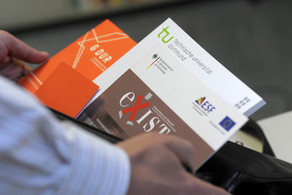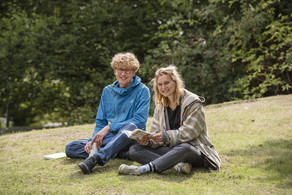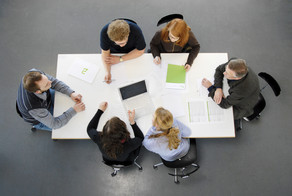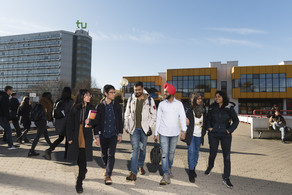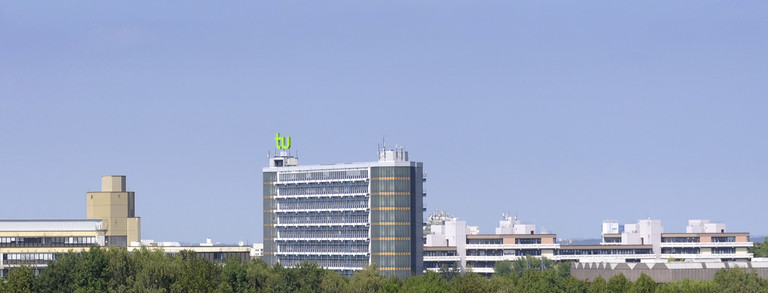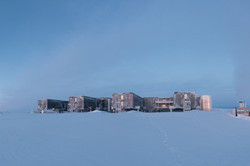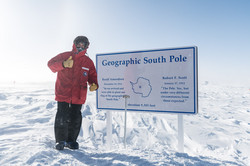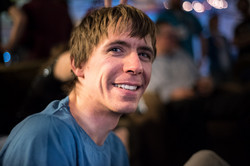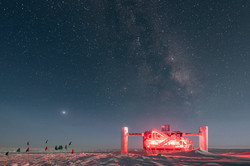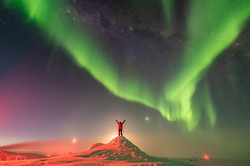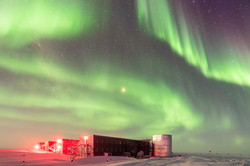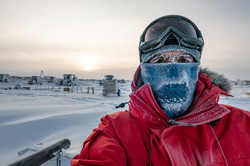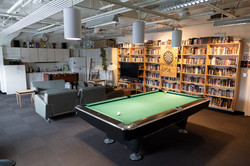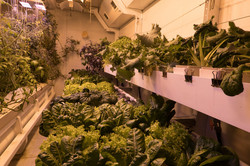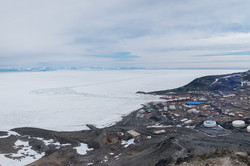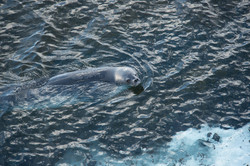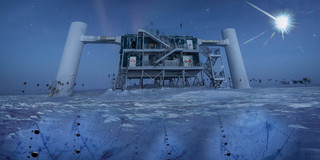Physicist of TU Dortmund University back after one year in the eternal ice
- Particle Physics
- Top News
- Research
- People
- Press Releases
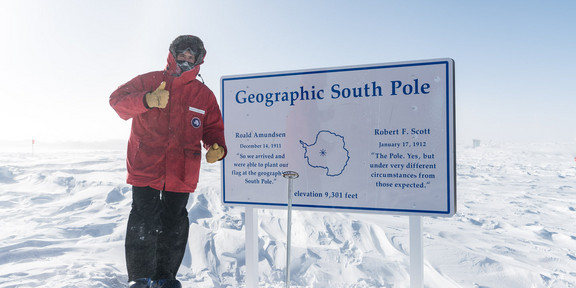
In October 2017 Johannes Werthebach (33) traveled from TU Dortmund University to the IceCube neutrino observatory in Antarctica and stayed for one year at the Amundsen-Scott South Pole research station. Now the astrophysicist and doctoral student of the Faculty of Physics is back at the university.
The largest neutrino observatory in the world is located just a few hundred meters from the geographical South Pole. Astrophysicist Johannes Werthebach, who is working on his doctorate under Professor Wolfgang Rhode, worked there for a whole year. His task: to ensure that the neutrino detector functions without any problems.
Although neutrinos are the second most common elementary particles, they can only be detected with huge underground detectors. The almost three kilometers thick, crystal-clear ice at the South Pole is perfectly suited as “detector material”. The neutrinos can only be detected indirectly: When a neutrino collides with another particle, charged particles such as electrons or muons are formed, which in turn cause the bluish Cherenkov light, which is then recorded by photosensors. All signals from the underground sensors converge in an above-ground laboratory, where they are processed and recorded. Werthebach’s tasks in the laboratory included the search for and correction of errors that could occur during communication with the sensors in the ice. “Sometimes this just meant restarting the computers when the software had frozen,” said Werthebach.
Average temperatures as low as minus 70°C
In 2017, the TU Dortmund University graduate had applied for the position in Antarctica advertised annually by the University of Wisconsin-Madison. After eight weeks of training in the USA, he arrived at the research station at the South Pole on November 1, 2017, when the summer was just beginning: on average a comparatively mild minus 20°C and a sun that does not set for months. During the summer months, the research station is very busy, with up to 200 people staying there – scientists, but also other staff such as kitchen staff and technical personnel. Winter begins at the end of February: Then it gets cold on average between minus 60°C and minus 70°C, and the sun does not rise for months. At the South Pole a small team of only about 40 persons remained, among them also Johannes Werthebach.
In his daily routine, Werthebach not only assisted in the maintenance of the neutrino detector, but also of the research station. These included “tasks that you also have to do at home,” said Werthebach: “For example, cleaning, rinsing, vacuuming – but also shoveling snow.” Despite his varied work, he had plenty of free time. He spent his free time reading, doing sports – the research station has a fitness room, a gym and a climbing room – and watching films in the evening: “It doesn't get boring when you know how to keep busy.” The young researcher is also a hobby photographer and was not deterred by the cold to photograph the clear starry sky or the southern lights. “That was impressive,” he said. “And when I wore special clothing, it was no problem to lie in the snow outside and observe the sky.” He has recorded numerous impressions on his blog www.joatpole.com .
Christmas celebrated twice
There was also social life at the station. For example, in Antarctica, Christmas was celebrated twice: on the 24th of December and exactly half a year later on the 24th of June. “Then it was dark and there was a Christmas atmosphere,” said Werthebach. “We festively decorated the station and baked cookies.” He even had a few days’ vacation at the South Pole. He spent them in McMurdo, the largest research station in Antarctica, which is located on an island on the coast. “There are mountains there, you can hike and see animals, for example seals or Antarctic skuas – and there is also a café,” said Werthebach.
In November 2018 Werthebach’s year at the South Pole ended. Before he returned to Germany, he spent a few weeks in New Zealand. What was the first thing he noticed after leaving the icy continent? “Smells in the air – it doesn’t smell like anything at the South Pole,” said Werthebach. “And the air humidity, because the air at the South Pole is extremely dry.” His first excursion took him to the botanical garden to see flowers for the first time in a year. And to the market, where he bought fresh fruit – because at the South Pole there was usually only canned fruit.
The TU Dortmund University researcher returned to Germany for Christmas and is now continuing his dissertation. He is doing his doctorate on muons that are formed when particles hit the atmosphere. So far, nobody has analyzed the spectrum of muons using IceCube data from several years. Johannes Werthebach is the first to take up this challenge.
TU Dortmund University, together with other German institutes, is part of the international IceCube cooperation. All in all, more than 300 scientists and scholars from 12 countries are involved here under U.S. direction.


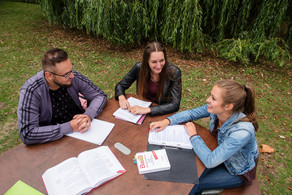
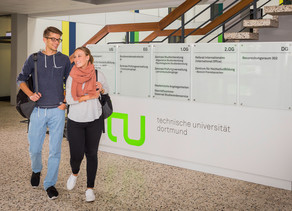
![[Translate to English:] Partner Four hands are holding the green logo of TU Dortmund University](/storages/tu_website/_processed_/1/d/csm_Partner_Nicole_Rechmann_KW_40b35bb3fd.jpg)
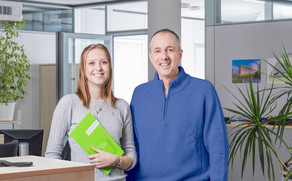
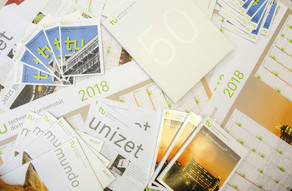
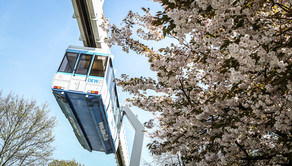
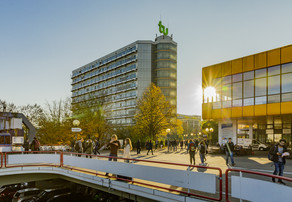
![[Translate to English:] Forschung An apparatus with tubes in a laboratory](/storages/tu_website/_processed_/0/c/csm_Forschung_Juergen_Huhn_cbd34afd6d.jpg)
![[Translate to English:] Studium Five students are sitting in a lecture hall. They are talking to each other.](/storages/tu_website/_processed_/c/9/csm_Studium_FelixSchmale_81d94adc86.jpg)
